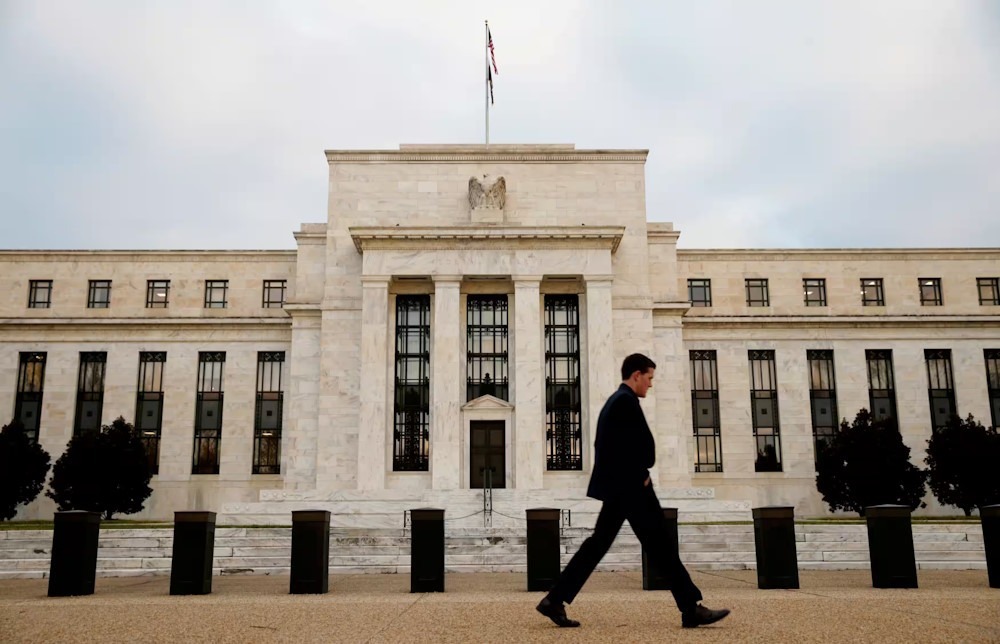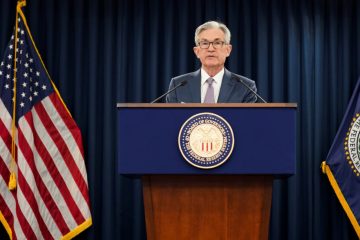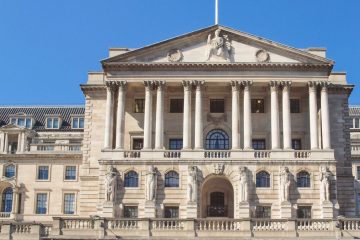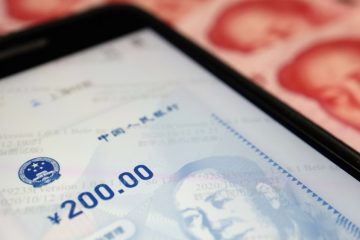Financial institutions are seeing a favorable Fed rate outlook

Banks prefer interest rates that are just right—not too high, not too low. All signs point to a delivery from the Federal Reserve.
The fast repricing of deposits and the precipitous decline in the value of their longer-term fixed-rate instruments were only two of the many problems that banks experienced as a result of the sharp increase in interest rates. However, a sudden shift toward lower rates would have been as unfavorable, as it would have reduced interest revenue from their assets with shorter maturities and variable rates.
The Federal Reserve kept its consensus prediction of three quarter-point rate reduction this year intact this week, which was good news for investors who were worried the central bank might tone it down. They have also penciled in three cuts for next year, which is one fewer than what was originally anticipated. Their projection for the federal funds rate in the long run also increased slightly, from 2.5% to 2.6%.
Banks would really prefer this slower but greater long-term situation. For the time being, deposit repricing and asset prices are feeling the relief of some of the strain. However, banks still have a ways to go before they can enjoy better interest revenues from lending and securities, especially because there is less chance of a return to ultralow rates.
The Federal Reserve’s steady-eddie strategy for modifying quantitative tightening, which involves decreasing the Fed’s balance sheet, may also be beneficial for banks. The committee believes it will be prudent to scale down the pace of runoff pretty soon, according to Fed Chair Jerome Powell, who spoke with reporters.
Additionally, he mentioned that lowering the rate of runoff will assist in facilitating a seamless transition and lessen the likelihood of tension in the money markets. Because of the Fed’s reduction in holdings, banks will not be as concerned about declining reserve levels and the pressure that comes with it on deposit levels.
Outperforming the S&P 500’s recovery, the KBW Nasdaq Bank index gained 3.7% last week. Still, more progress might be more challenging to achieve. Rising consumer defaults and whatever the future holds for commercial real estate are just two examples of the credit risk issues that banks continue to worry about.
Then there are the upcoming regulations that are taking place elsewhere at the Federal Reserve and among other banks authorities. The largest banks will inevitably see an increase in their required capital levels. We don’t yet know how much the regulations will be revised to mitigate the impact. Additional regulations may be considered in the future to address the interest-rate risk that contributed to the demise of Silicon Valley Bank and others.
Plus, after plunging to new lows after SVB, banks have recovered to a more normal valuation level. According to FactSet data, the current market price of S&P 500 banks is just below 12 times their anticipated earnings, which is close to their average over the past 20 years.
Their multiple has been continuously higher in the past, for example, in the years following the 2016 election and the initial years of the COVID-19 pandemic. So, it seems like banks won’t be trading much higher anytime soon until something really amazing happens.
That might be achieved if interest rates were to drop and a rise in loan growth occurred. On the other hand, deposit fees could drop sharply. Upward repricing typically persists beyond a rate cycle’s apex because depositors need time to adapt to rate fluctuations, according to history.
Despite the fact that bank investors are currently savoring their porridge, they should not snooze.









